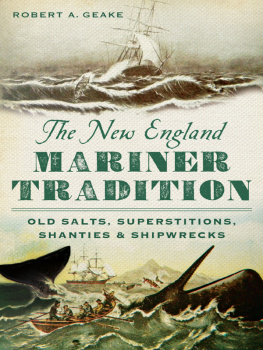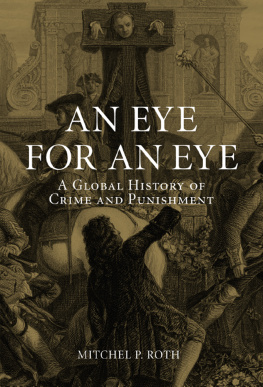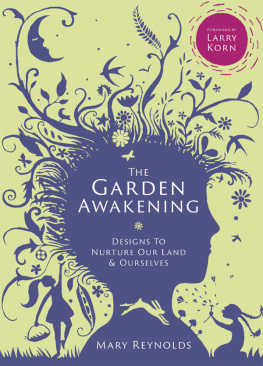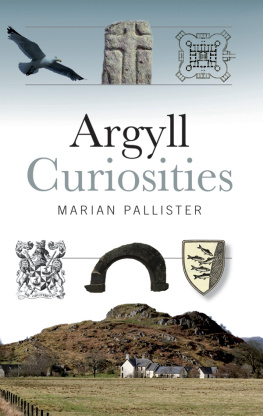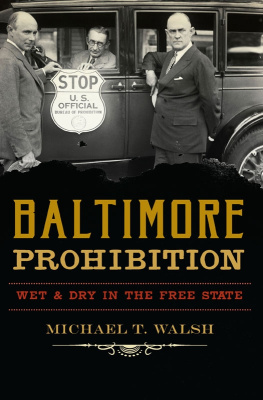
Published by The History Press
Charleston, SC 29403
www.historypress.net
Copyright 2014 by Robert A. Geake
All rights reserved
First published 2014
e-book edition 2014
ISBN 978.1.62585.172.7
Library of Congress CIP data applied for.
print edition ISBN 978.1.62619.642.1
Notice: The information in this book is true and complete to the best of our knowledge. It is offered without guarantee on the part of the author or The History Press. The author and The History Press disclaim all liability in connection with the use of this book.
All rights reserved. No part of this book may be reproduced or transmitted in any form whatsoever without prior written permission from the publisher except in the case of brief quotations embodied in critical articles and reviews.
CONTENTS
ACKNOWLEDGEMENTS
I wish to thank all those who have helped in the research, editing and advising during the time this book came together. These include the staff of the John Carter Brown Library, as well as the Providence Athenaeum, especially Kate Woodehouse, the collections librarian. I would also like to thank Betsy Cazden and Dr. Patrick Conley for their reading and counsel on specific chapters of the book, as well as Ed Achorn of the Providence Journal, who published an excerpt from the book in the newspapers fine commentary pages. I want to thank also Tabitha Dulla and Darcy Mahan of The History Press. Other friends, especially associates at the John Carter Brown Library, offered advice and recommended reading that was extremely helpful, and as always, I wish to thank my wife, Cyndie, for her reviewing and editing skills, which have always enabled me to offer the best possible book to my readers.
INTRODUCTION
This book sets out to explore the everyday struggles that individuals encountered in the founding of New England. Much of these struggles were unforeseen. Certainly this was the case with the weather on North Americas rugged coast, which was more extreme than what they had lived through in England, and the natural phenomena of the northern lights, the prevalence of lightning storms in the heat of summer, massive snowfalls in winter and sudden earthquakes caused great alarm.
So, too, did the wild creatures that inhabited the seemingly endless forests, as well as the remaining Native Americans, whose numbers were unknown, though settlers quickly learned of the plagues that had taken a great many of their people. In the wilderness, the specter of illness loomed also over the settlers, as there were few physicians and treatments for the recurring epidemics that plagued early New Englands growth. In the midst of these natural obstacles, those in the colonies faced living under ever increasingly authoritarian government officials, whose law was the word of God, as they interpreted it. Such strictures within largely secular communities could only bring lawlessness to the fore, and such was the case in much of New England. In short, the first one hundred years of settlement were often dark and desperate times for those who had come to make a new life for themselves in America.
But while I researched the many struggles they faced, I came to learn also of an increasing resilience on the part of the settlers, as third-and fourth-generation families began to see the fruits of their own, as well as their ancestors, labor. It was this generation that would proceed with an iron will to shape a civil landscape for future generations. I learned of the impact that the first religious upheaval in the colonies would have on individuals as well as on communities. For some, the Great Awakening would renew their faith in charitable work, while for others, it would profoundly change their lives to a greater calling as leaders in their communities or the colonies in which they lived.
As much as possible, I have let the journals, diaries and letters of those who recorded both day-to-day events and remarkable occurrences speak for themselves. They tell, after all, a more compelling account than any historian could muster.
Chapter 1
AN UNSETTLED LAND
New England was a haunted land before the first European settlers arrived in the early 1600s. Native American trading relations with visitors from the northernmost reaches of the continent along the Charles and Taunton Rivers, as well as Mount Hope Bay, had occurred as far back as the fourteenth century. Trading with the Dutch, French and the English along Narragansett and Massachusetts Bay had occurred for nearly a century before those religious refugees from England rowed ashore. Some early traders had stayed, integrated themselves and even married into the Algonquian tribes that lived along the New England coastlines and inland along the rivers.
By the time of the Pilgrims arrival in 1620, many tribes were already acquainted with household wares, the pots and pans and utensils brought by European traders, along with tools and even clothing. These goods were exchanged for beaver and, to a lesser extent, other animal pelts, as well as pottery in the form of dishes and bowls and clay pipes of easy manufacture by Narragansett, Massachusetts and Wampanoag craftswomen. In the course of trade, New Englands tribes adapted European goods into their own culture for both practical and spiritual purposes.
On a coasting journey in the dead of winter, a band of Pilgrims hoping to trade for provisions from whatever Indians they found walked inland some distance and circled back again, to come upon a place like a grave, but it was much bigger and longer than any we had yet seen. It was also covered with boards, so we mused what it should be, and resolved to dig it up.

Outlook on Tautog Cove from Fort Ninigret site. Photo by author.
The men, in their slow dismantling of the grave, found bowls, trays, dishes, and such like trinkets
Edward Winslow would write in astonishment of the ceremony he witnessed, where a great fire was lit, and those in the gathering, including visitors from neighboring tribes, would come forward and throw pots, bowls, dishes and silverware into the cauldron. During the early attacks on white settlements in what is now Maine and Vermont during King Georges War, almost all of the English goods that filled the great houses the marauding natives burned were left for archaeologists to unearth three hundred and some years later.
What Europeans brought most to the Native Americans on New Englands shores were diseases unfathomable to the native healers. Narragansett oral historians speak of a great plague among their people in the late sixteenth century. The first recorded incident of what seventeenth-century historians have called a plague occurred between 1616 and 1619. Elderly survivors described the symptom of yellowed skin and the remaining scars to the Reverend Daniel Gookin. While the cause of the plague has long been debated, there is no doubt about the toll it took on the Native American population. As historian Karen Bragdon would write, This terrible epidemic reduced populations among the Ninnimissinuok of the northern and central Massachusetts Bay by as much as 90 percent.
Indeed, when the pilgrims came to realize the full measure of the tragedy that had befallen the Wampanoag, they were astonished that there were but sixty men under Massasoits command.
William Bradford would write of the sad spectacle of bones left above ground and unburied. The pilgrims found in their coasting journeys abandoned fields and villages along the Massachusetts shore. Edward Winslow pondered the empty fields and thought of the thousands of menwhich died in a great plague not long since, and pity it was, and is, to see so many goodly fields, and so well seated, without men to dress and manure the same. Roger Conant would write some years later, as he reached Cape Ann, Though all the countrey bee as it were a thicke wood for the generall, yet in divers places there is much ground cleared by the IndiansI am told that about three miles from us a man may stand on a little hilly place and see divers thousands of acres of ground as good as need to be, and not a Tree in the same.
Next page

